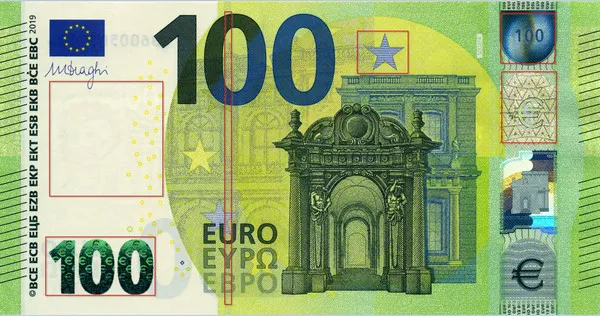The European Union (EU) and the United States (US) are two of the largest economic powers in the world, with their currencies, the euro and the US dollar respectively, being among the most traded and influential currencies globally. In recent years, the euro has been declining against the US dollar, raising concerns about the EU’s economic stability. This article explores the reasons behind the euro’s decline against the US dollar and its potential implications.
Reasons behind the euro’s decline against the US dollar
-
Trade Imbalances
One of the primary reasons for the euro’s decline against the US dollar is trade imbalances. The EU has a significant trade surplus with the US, meaning that it exports more goods and services to the US than it imports. On the other hand, the US has a large trade deficit with the EU, indicating that it imports more from the EU than it exports. As a result, the demand for the US dollar increases, while the demand for the euro decreases, leading to a decline in its value relative to the US dollar.
-
Slower Economic Growth
Another reason for the euro’s decline against the US dollar is slower economic growth in the EU compared to the US. The EU has been struggling with low economic growth rates and high unemployment rates, which have weighed on the euro’s value. In contrast, the US economy has been performing relatively well, with GDP growth rates consistently outpacing those of the EU. This has made the US dollar more attractive to investors, leading to an increase in its value relative to the euro.
-
Political Uncertainty
Political uncertainty is another factor contributing to the euro’s decline against the US dollar. The EU has been facing several political challenges in recent years, including Brexit and the rise of far-right parties in some member states. These uncertainties have raised concerns about the future of the EU and its ability to maintain its economic stability, leading to a decrease in demand for the euro.
-
European Central Bank Policies
The policies of the European Central Bank (ECB) have also played a role in the euro’s decline against the US dollar. The ECB has been pursuing an ultra-loose monetary policy, including negative interest rates and quantitative easing, to stimulate economic growth in the region. These policies have led to a decrease in the euro’s value relative to the US dollar, as investors seek higher returns in the US.
Implications of the Euro’s Decline Against the US Dollar
The decline of the euro against the US dollar has several implications for the EU and the global economy, including:
-
Reduced Purchasing Power
The decline of the euro means that EU citizens and businesses will have reduced purchasing power when buying goods and services from the US. This could lead to higher inflationary pressures and a decrease in living standards.
-
Increased Competition
The decline of the euro may make EU exports more competitive, as they become cheaper for buyers outside the region. However, this could also lead to increased competition within the EU, as domestic producers face greater competition from cheaper imports.
-
International Trade Tensions
The decline of the euro against the US dollar could also lead to international trade tensions between the EU and the US. If the US continues to run a large trade deficit with the EU, it may impose tariffs or other trade barriers to protect its domestic industries, which could escalate into a full-blown trade war.
Conclusion
In conclusion, the euro’s decline against the US dollar is multifaceted, with trade imbalances, slower economic growth, political uncertainty, and ECB policies all playing a role. The implications of this decline are far-reaching, affecting cross-border commerce, competitiveness, and international relations. Addressing these issues will require a coordinated effort among EU member states, the ECB, and international partners.
Related Topics:


























